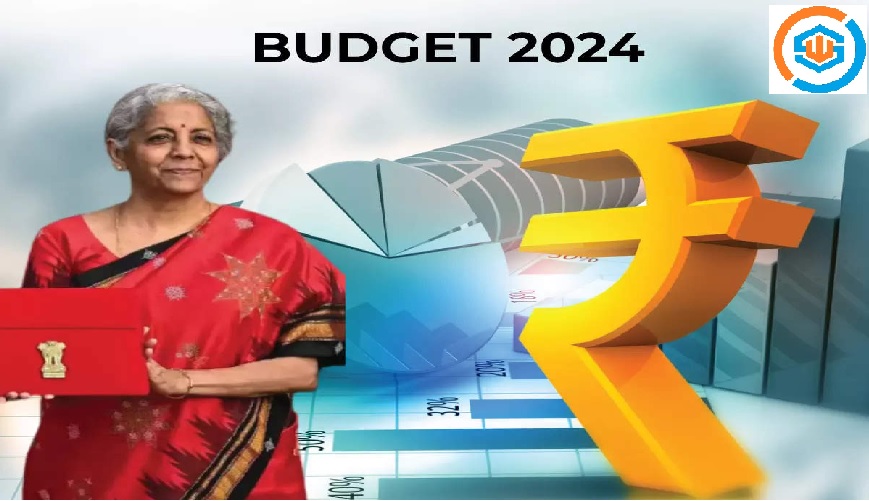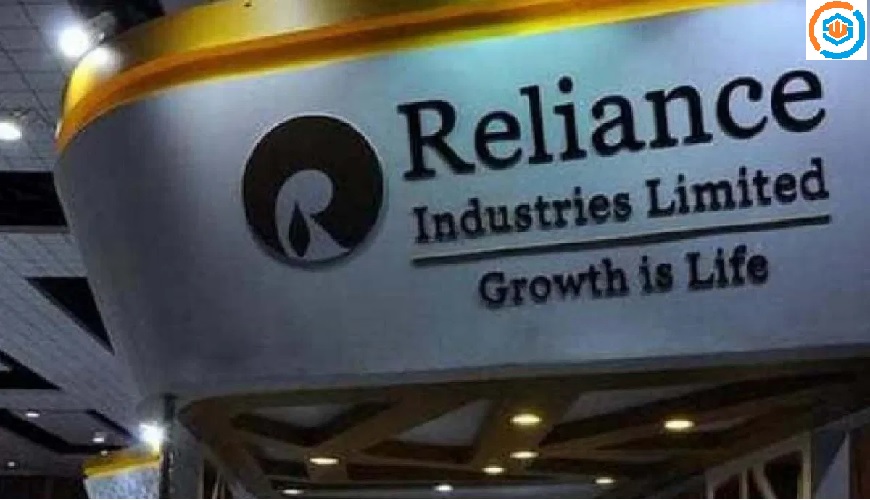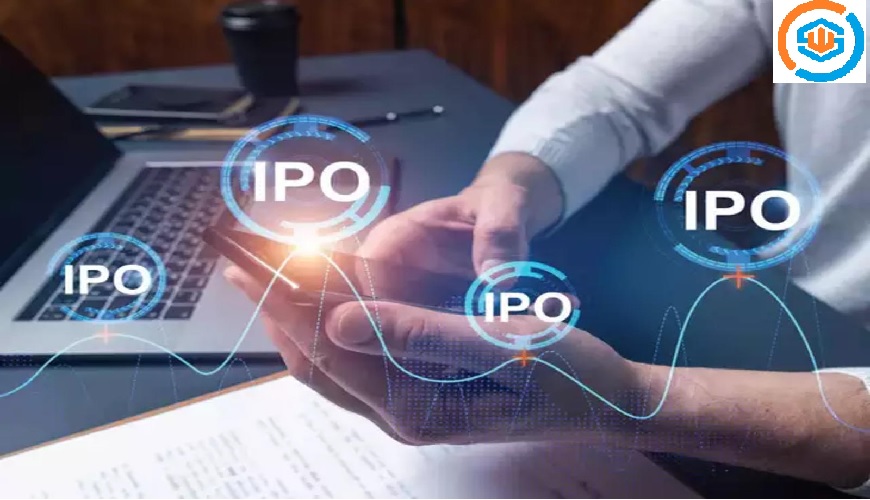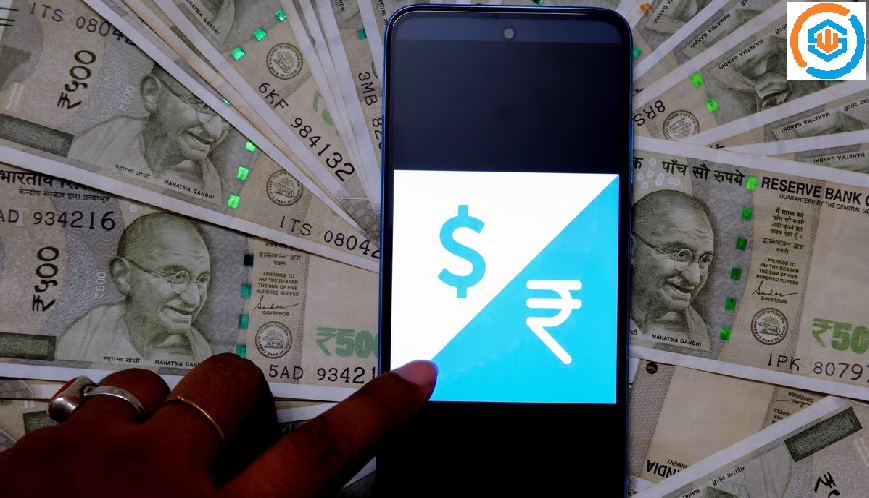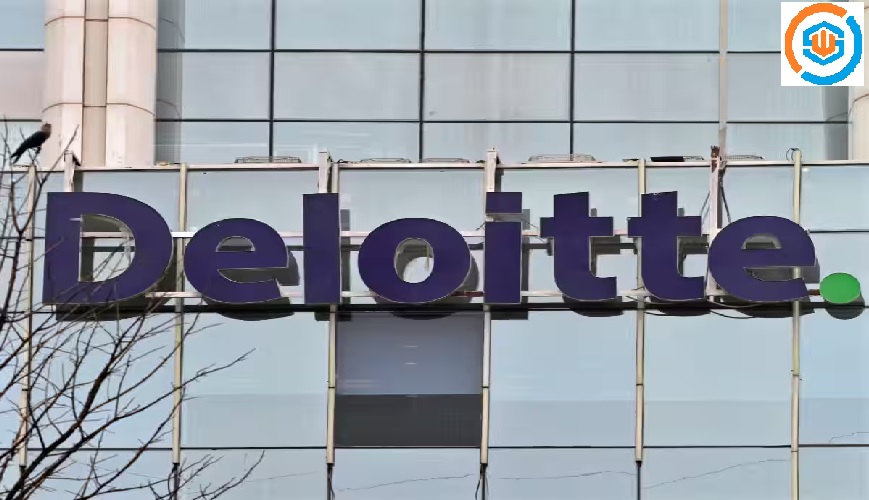
- 17 Jan
- 2021
The curious case of investment in education
The curious case of investment in education
There are numerous benefits of investment in education. It can decrease poverty, enhance equality, improve health, reduce crime, and promote rights, to name a few. A crucial driver that enables these benefits is the link between education and earnings. Even though the roots of this argument lie in the writings of classical economists like Adam Smith and Alfred Marshall, the idea was formally conceptualised in the form of the human capital theory relatively recently when Theodore Schultz and Gary Becker popularised it in the 1960s. Since then, numerous estimations of the economic profits of investment in education have been published.
Now, the fact that more education leads to higher earnings seems trite. But to make a precise case, studies estimate the rate of returns to schooling, which equates the value of lifetime earnings for an average individual with the cost of their education. If the return rate is positive and higher than alternative forms of investment, it makes economic sense to invest in education. When these calculations are made at the individual levels, it is termed as the private rate of return to education. But when social costs such as money spent on schools and teachers are added to it, we obtain the social rate of return.
The latest estimates show that the global average of the private rate of return to an additional year of schooling is about 8.8 per cent.[1] These returns are significantly higher than most long-term asset investments, which makes spending on human capital a good investment. It has been documented in several studies that the returns are higher in developing countries compared to developed ones.[2] Further, developing countries exhibit higher returns to primary education while the developed economies experience higher returns to tertiary education.
It is crucial for countries to understand these trends as it informs policymaking. The returns to each level of education provide information to policymakers about public investment priorities. Similarly, the education-wage differentials signal the skills that the market values and provide an idea about the necessary interventions. The necessity to identify appropriate avenues of investment in education have become even more pertinent as students globally deal with the effects of the pandemic on access to schooling.
The Institute for Competitiveness has undertaken a study to estimate the returns to education in India using the Periodic Labour Force Survey (PLFS) data published by the National Sample Survey Office (NSSO). It provides some interesting insights, especially when compared to the literature on developing economies. Most importantly, it shows the segments of population that require more policy focus on education investment to ensure equitable development over the long run.
The Returns to Education in India
The Indian case presents a curious anomaly beginning with its overall rate of return to education. The literature shows that the low- and middle-income countries present an average of 9.3 per cent and 9.2 per cent respectively on the private returns to schooling. As per our estimations, India, which is a lower middle-income country, has a private return to education of 7.6 per cent on an average after controlling for any selectivity biases. There can be several reasons for the lower return to education in India including issues of quality.
The Case for Adolescent Investment
Conventionally, the returns to education were diminishing. The empirical evidence until the 1990s showed that the returns were highest at the primary education level and progressively lower at secondary and tertiary levels. In fact, the argument that basic education can reduce poverty was based on the notion of diminishing returns as gains were highest at the lowest level. But recent evidence, which is our finding for India as well, suggests that this may have changed, which has crucial suggestion for the poverty-reducing capacity of each level of education.
While disaggregating returns to education by level suggest where education investments need to be focussed, it does not address who requires more investment. Do all individuals face the same rate of return to education? If not, who is likely to benefit extra, and why? What are the policy implications of that? To answer these questions, it is necessary to delve into further heterogeneities in education among different groups of individuals.
The Role of Education in Fighting Inequality
The primary reason to understand the impact of education at the microeconomic level is due to its relationship with inequality. There has been a long-standing notion of a “race between education and technology”, which was conceptualised by Jan Tinbergen in 1974. The idea relates to the skill-biased effect of technological progress, on one hand, with the equalising impact of education, on the other.
India has been a classic case where this race has played out in interesting ways. Traditionally, economies transition from an agrarian focus to being led by industries, and are finally, driven by services. India’s structural transformation skipped the manufacturing phase to become a service-led economy.Education had preceded the race with technology in this case, which resulted in higher growth for the Indian economy.
But the relationship between education and inequality plays out in different ways based on the policy choices and their intended beneficiaries. For instance, even if education manages to maintain pace with technological progress with a steady supply of skilled workers, if certain sections of the population are unable to gain access to education, it can exacerbate inequality in the society. Keeping this in perspective, we have studied the disparities in returns to education based on single characteristics.
Note: - As every caution has been taken to provide our readers with most accurate information and honest analysis. Please check the pros and cons of the same before making any decision on the basis of the shared details.

